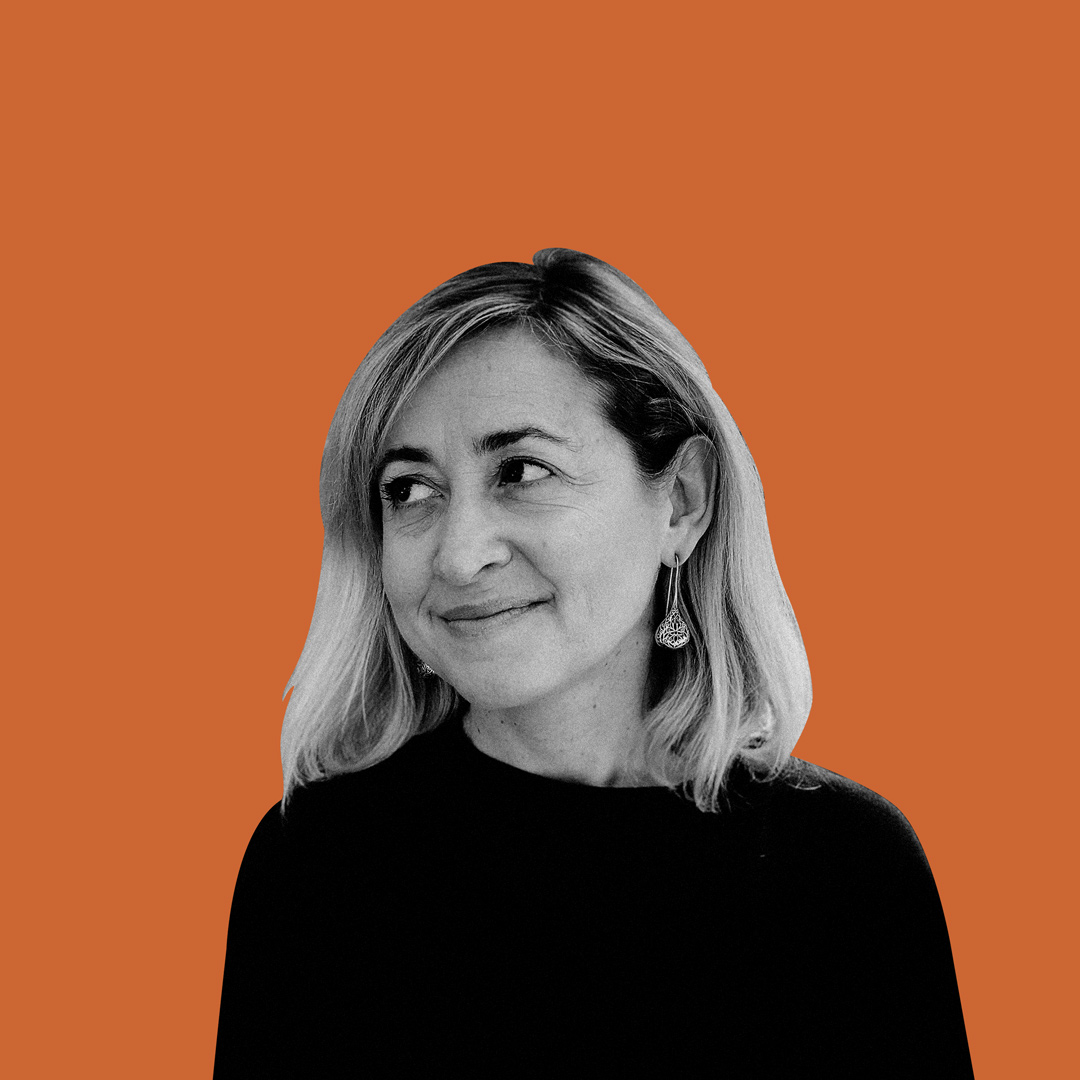Miriam García García
PhD Architect, landscape architect, urban planner and director of LAND LAB
Complete testimony
| Min. 5:26 | To assess the impact of change, we must consider these open environments as open social-ecological systems. […] Without understanding these dynamics and the environment of this system, we will not be able to meet the challenges of adaptation.
Miriam García García
PhD Architect, landscape architect, urban planner and director of LAND LAB
| Min. 7:46 | These three aspects - ecosystem impacts, erosion, and saltwater intrusion - are three of the consequences of coastal climate change. And ports amplify the natural dynamics of climate change on the coast.
Miriam García García
PhD Architect, landscape architect, urban planner and director of LAND LAB
| Min. 13:43 | Methodologically, one of the criteria for resilience to the impacts of climate change is to consider the slow variables of climate change, i.e., gradual sea level rise, erosion, saltwater intrusion, or ecosystem degradation must be considered, for example, by 2045 and by 2100. Any work that is not addressed in this way cannot be called resilient or adaptive because it does not consider the long-term impacts.
Miriam García García
PhD Architect, landscape architect, urban planner and director of LAND LAB
| Min. 29:45 | When the positions are not dialectical but protective, confrontation occurs. What the study, analysis and development of the environmental impact assessment allows is dialectics, a mechanism to reach agreements. But if you anchor yourself in the idea that something doesn't need to be done, the result is confrontation: it can't grow.
Miriam García García
PhD Architect, landscape architect, urban planner and director of LAND LAB
Bio
Miriam García García (Sama-Langero, Asturias, 1971) architect (1989) and PhD Extraordinary Award (2017) by the Polytechnic University of Madrid (UPM). She is also a landscape architect, urban planner and director of LAND LAB, laboratorio de paisajes, an office based in Barcelona. From there he collaborates in different projects aimed at the promotion and development of spatial planning, landscape, urban design and its adaptation to climate change. Many of these works have been national and international awarded such as the Prize of the XII Spanish Architecture and Urbanism Biennial (BEAU), Good Practice 2012 of the UN-Hábitat Committee or SuperIlla Barcelona (Plaza Enric Granados / Consell de cent). She combines professional practice with research and teaching on both sides of the Atlantic. Currently she teaches at the Master's Degree in Landscape Design at the Universidad Pontificia Bolivariana (UPB), the Master's Degree in Urban Planning and Territorial Studies at the National Institute of Public Administration of Madrid and at the Department of Urban Planning and Spatial Planning of the Polytechnic University of Catalonia (DUOT, ETSAB, UPC). Likewise, he is a Member of the Assembly for Neutral Climate and Smart Cities of the European Commission and of the Scientific Committee of Europan Europe.
